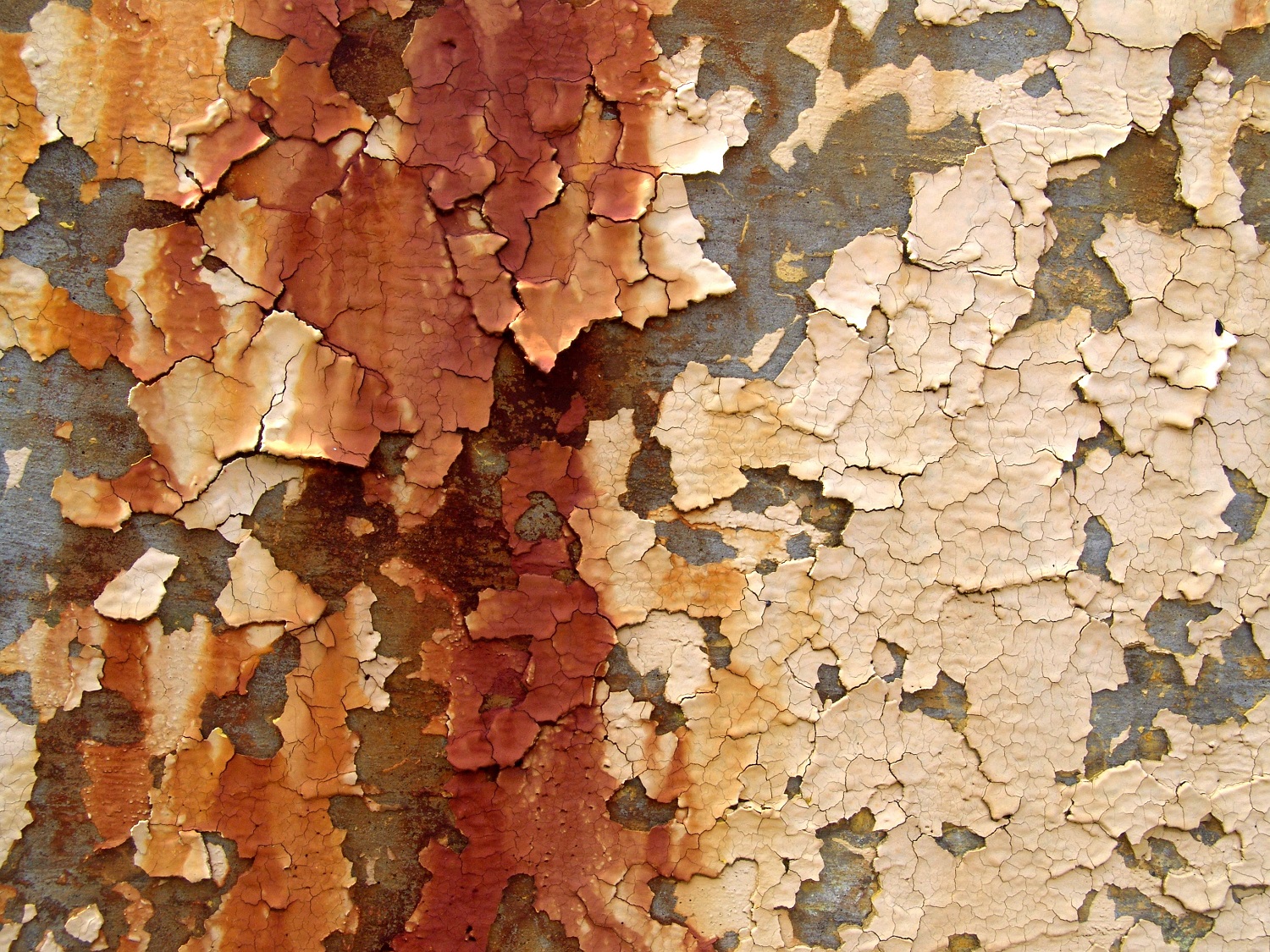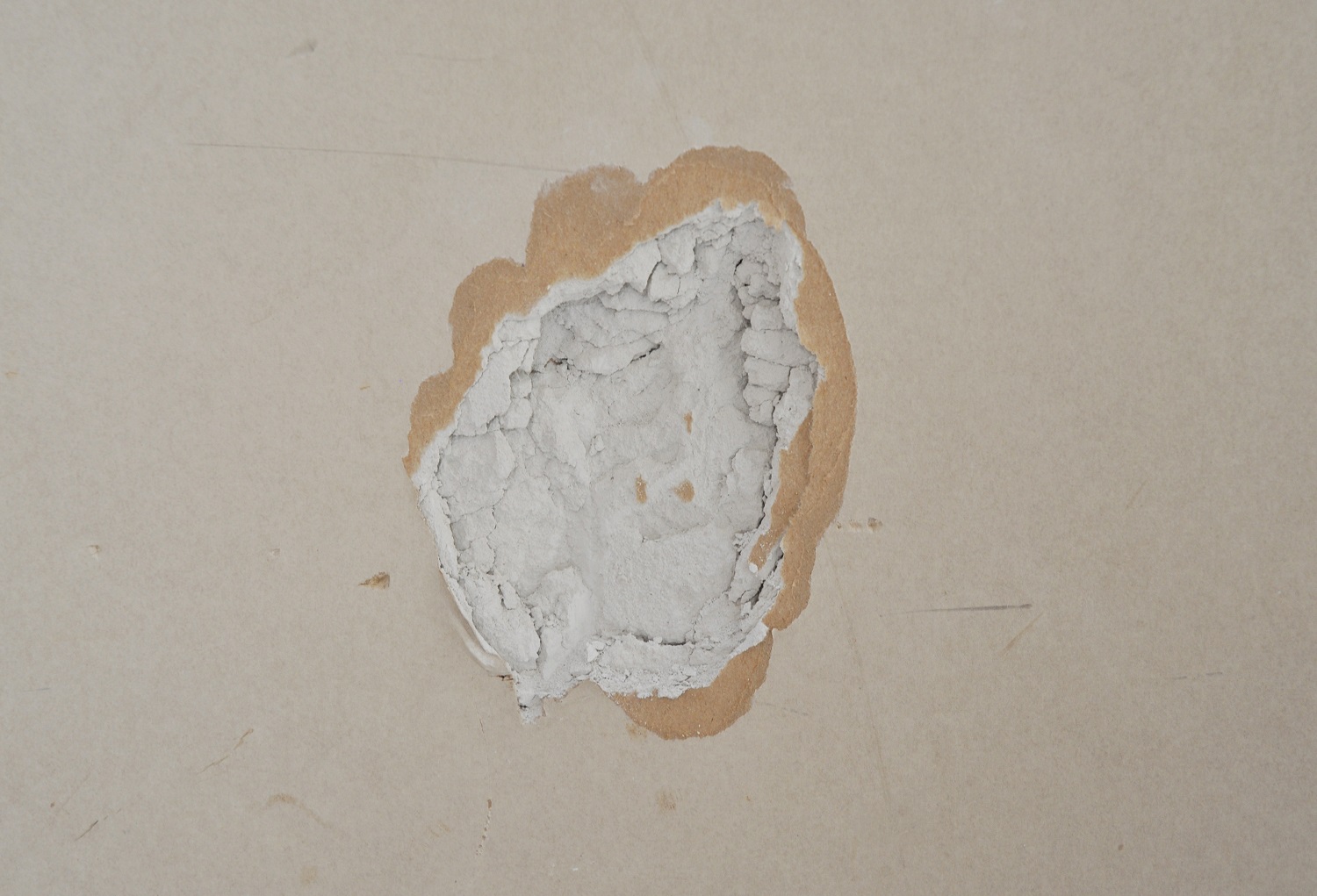
What to Do if You Think You Have Lead Paint in Your House
By Mack.Painters | Painting
In 1978, lead paint was banned for home use – but many houses in Aberdeen, Pinehurst, Southern Pines and Myrtle Beach are older than that.
And some of them still have lead paint on their interior walls.
So what should you do if you think you have lead paint in your home?
What to Do if You Think You Have Lead Paint in Your Home
Lead paint can have serious health hazards, but you might not know it’s there. According to the EPA, lead paint is still in millions of homes across the U.S. – and sometimes it’s under several layers of new paint. As long as the paint covering it is in good shape, it’s usually not a problem.
If it is cracked, peeled or chipped, or if it’s on window sills, doors and door frames, or stairs, railings, banisters or porches, you’re at risk. You may want to have your home tested.
Should You Have Your Home Tested for Lead Paint?
If you can answer yes to either of these questions, you should have your home tested:
- Was the home built before 1978?
- Do walls, window sills or other surfaces in your home have chipped or peeling paint?
In some cases, it’s essential to call out a lead abatement contractor. It’s usually a bad idea to try to remove it yourself, because even the dust left behind can be hazardous to your family’s health. If you do have lead paint in your home:
- Pick up any paint chips you find anywhere.
- Clean the dust off window sills and other surfaces often.
- Take off your shoes when you go inside so you don’t bring in lead from the soil outside
You can contact the National Lead Information Center at 800-424-LEAD for help finding a professional near you.
Once all the lead paint is safely removed, you can call in an interior painting expert to give your home a fresh coat of paint. Call us at 910-725-3227. We’ll be happy to give you a free painting estimate for any of our services, too, so call today!


